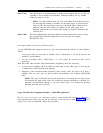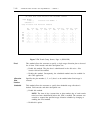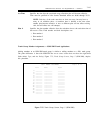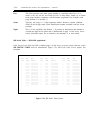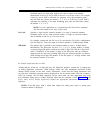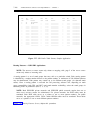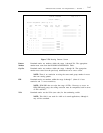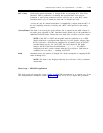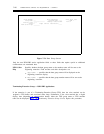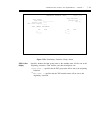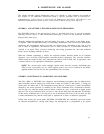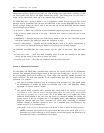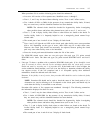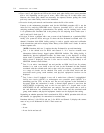
ADMINISTRATION OPTIONS AND REQUIREMENTS — GENERIC 1
7-149
BCC Values
Each routing pattern preference (1 through 6) has an associated BCC Value field.
Therefore, when a preference is translated, the associated BCC must also be
translated. A trunk group preference must be valid for one or more BCC values.
Permitted entries are y to enable the value and n to disable the value.
A route can only be selected when there is compatibility (a match) with the BCC of
the call originating extension or facility and a BCC value specified in the routing
pattern.
Service/Feature
This field is not used by the AAR software, but is required by the ARS software if
the trunk group specified is CBC. Permitted entries include any of the predefined or
additional Services/Features listed in the name field of the
NETWORK-FACILITIES screen.
NOTE: If the IXC is AT&T and the public network connection is to a 4ESS
digital switch that is configured with either 4e11 or 4e12 generic software, then
the Service/Feature field must be completed for all entries except ACCUNET
switched digital service. For ACCUNET, this field should be left blank;
however, the BCC field must be administered n y n n n. If a 4ESS is
configured with 4e13 generic software, then the Service/Feature field must be
completed for every entry — including ACCUNET.
Band
Permitted entries are numbers 0 through 255 (which corresponds to outgoing-WATS
bands 0 through 255).
NOTE: This field is only displayed when the Service/Feature field is translated
outwats-bnd.
Hunt Group — ISDN-PRI Applications
This main reason for using this screen (within an ISDN-PRI environment) is to support any of the
call management/call distribution systems. Figure 7-79, Hunt Group Screen, depicts this procedure.



